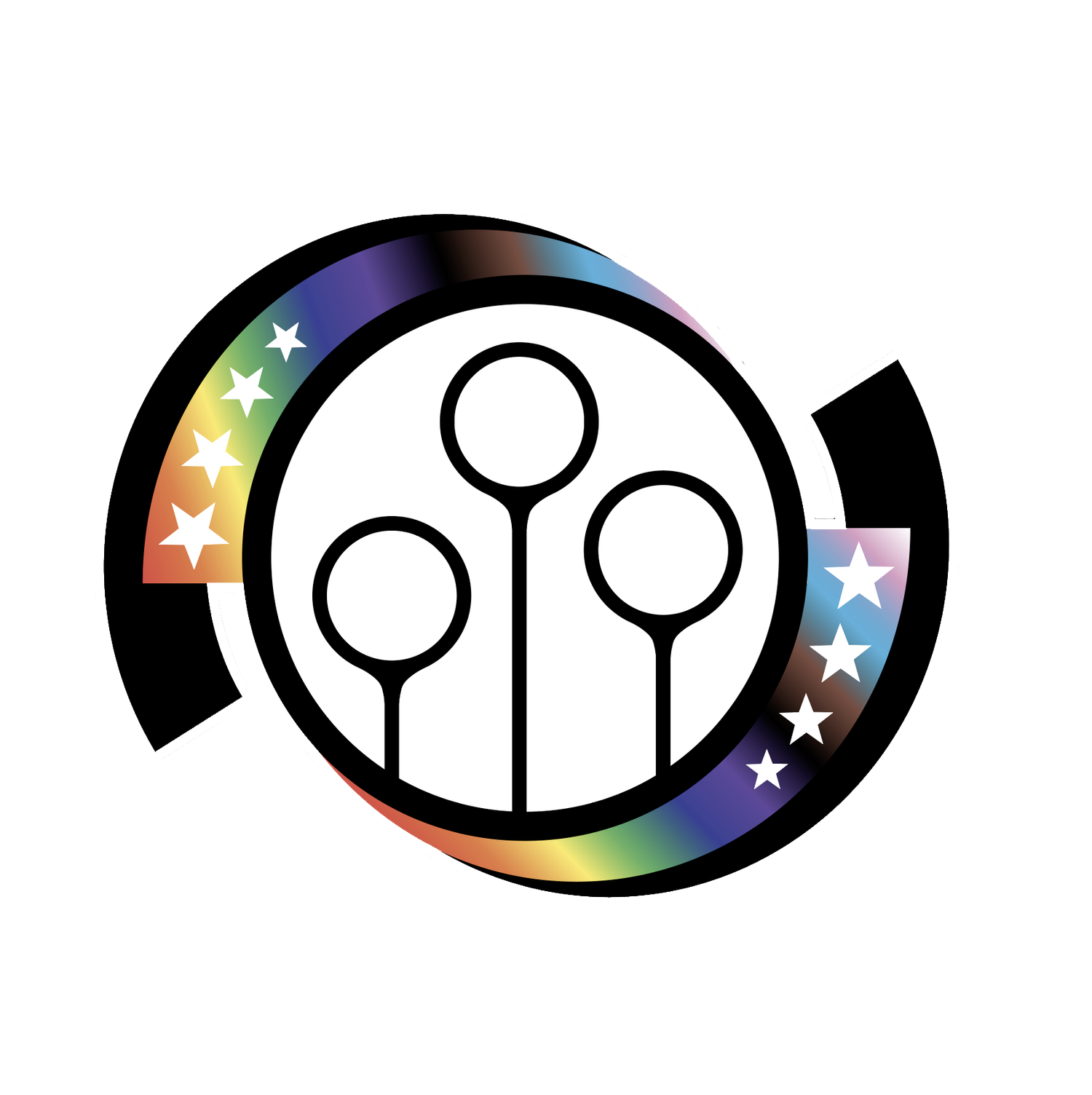Embracing Black Athletes: Performative Altruism and Narrative Choices
FEB. 1, 2023
BY CHRISTIAN BARNES
MLQ DEI DIRECTOR
Recently, a new statue was unveiled in Boston to commemorate iconic civil rights leaders Martin Luther King Jr. (MLK) and Coretta Scott King. The statue salutes the love shared by the two, harking back to a photo from 1964, the night MLK won the Nobel Peace Prize. Amidst memes regarding the phallic nature of the monument and questions of how and who approved the art structure’s opening, an undercurrent of frustration is rising over how Black figures become important centerpieces and who tell their stories.
Reading the media around the statue hits home for how I feel as a quadball member. Racial equity has always been a subject that American leagues have centered in their values. For both MLQ and USQ athletes, we have prided ourselves on being the type of community that welcomes athletes of all types. A sport that says it stands for gender and racial equity and seeks inclusivity in its diversity. In Boston, the new statue attempts to signify a world that hits on MLK’s values in a city that seeks to grow past a history plagued by ugly racial issues. In the same vein, the quadball value of being diverse and equitable has always been left wanting, particularly with the treatment of our Black athletes.
Conversations around diversity and inclusion usually work from the top down, starting with the most power and working to the least resources — in our sport, the league heads down to individual members. While framing the conversation that way follows a framework for creating actionable solutions, it denies the context of issues faced day-to-day by Black members of the community. A code of conduct policy can only go so far to mete out racially-coded language used in player-to-player conversations heard at competitions. A diversity, equity, and inclusion committee can’t intervene on behalf of a player judged differently (and more harshly) than their white peers on their own team. A member agreement that no one reads won’t help its members feel safe when even their own team or club leadership doesn't take time to consider the racial undertones of actions and language used to describe them.
Being welcoming isn’t a destination, it’s a journey, and it folds into a larger allyship model that this sport desperately needs. It involves being uncomfortable and unlearning cultural actions and ideas that are, ultimately, subversively racist. It’s believing other members when they point out possible racial undertones. It's calling out uncomfortable situations even if you yourself aren’t impacted by them and being willing to take on the frustration and publicity of doing so. It’s checking how we talk about Black teammates, only ever noting physicality and never strategy and wit. It’s recognizing Black players as different individuals, rather than always grouping them together. It’s resisting the urge to be defensive over a point you never considered to be racially charged and about trying to lead with empathy. And, sometimes, it’s just taking extra time to make sure your Black peers are reminded that they are wanted and appreciated, even in spaces that may seem readily available and comfortable to you.
The racial inequity in our sport will never be as easily visible as police brutality, hateful slurs, or a racially-charged image, but it doesn’t even seem to be a focus in “our” community. It carries a strength bolstered by a silent majority that closes its eyes but tells us that we are safe. It thrives in a crowd that does not look like us, but tells us that we are part of “the most progressive sport”. Right now, it is a story that persists in every press release. However, the hands that write those sentences don’t represent me, and those articles don’t speak with my voice.

